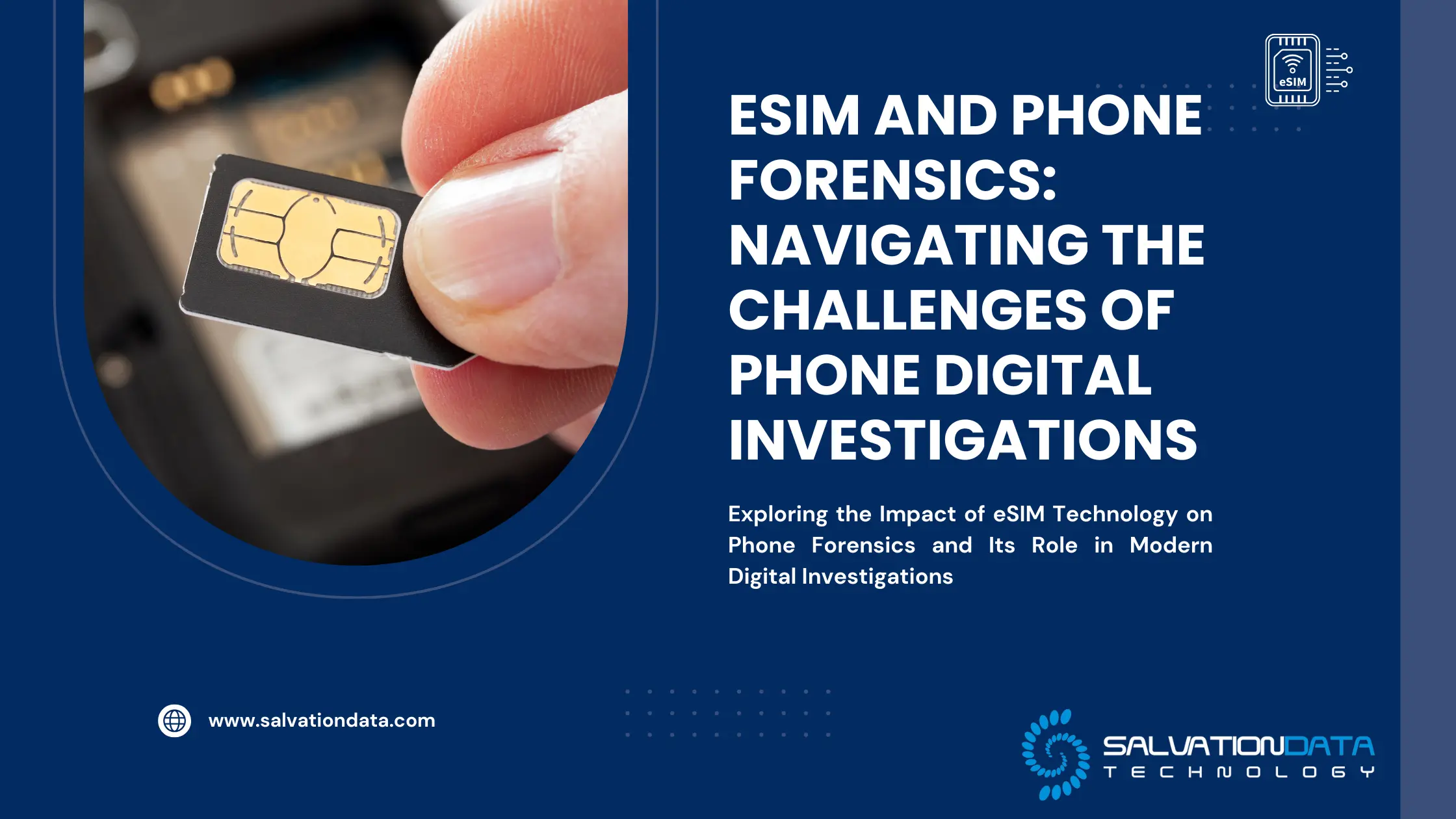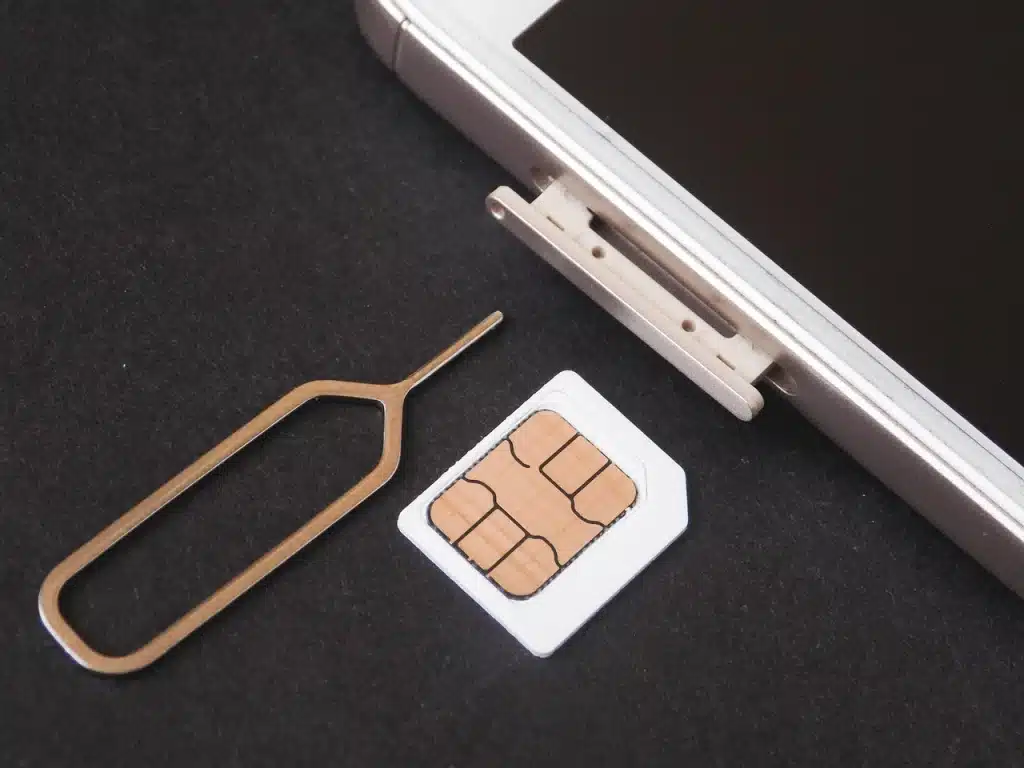The rise of eSIM technology has revolutionized mobile connectivity, offering a more flexible and efficient alternative to traditional SIM cards. With eSIM embedded directly in devices, users can switch carriers digitally, without needing a physical card. This technology is particularly prominent in modern smartphones, such as the eSIM card iPhone series.
However, this advancement introduces new challenges in phone forensics. While SIM card forensics has traditionally been crucial for extracting data like call logs and messages, the shift to eSIM means that forensic experts must adapt their methods.



